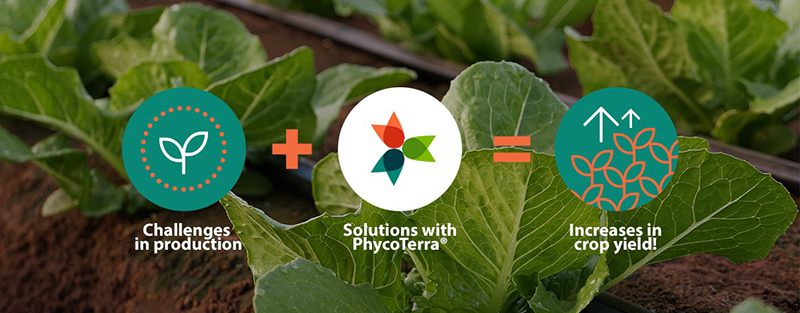Will Ports Affect Almond Shipments This Year?
While last year’s West Coast port slowdown has been resolved, the almond industry is still facing ongoing questions about port efficiencies and goods movement.
Julie Adams, vice president, global technical and regulatory affairs for the Almond Board of California, says the Almond Board is monitoring port efficiency to ensure almonds are going to be able to move through Oakland and on to their various destinations.
It was recently announced that the Port of Oakland will be losing one of its terminals, so the Almond Board is keeping a close watch on that, she adds. “About 80% of our shipments go out of Oakland as opposed to other ports, so that’s why it becomes pretty important.”
They’re also monitoring requirements related to weight – specifically how to verify weights for containers of product moving into the port areas.
“Most of what we’re really looking at right now is about how we keep almonds moving efficiently and quickly,” Adams says.
The Export Market
While the high value of the U.S. dollar has certainly impacted almond exports somewhat, Adams says there’s still strong demand in a number of key markets. What’s been a bigger issue is the GDP slowdown happening in China.
“I think they’re dealing with so much in that market in terms of their own growth rate, production, and shifting some of the priorities in-country – that’s probably been more of a factor for us,” she says.
But it’s not a huge concern, according to Adams. The U.S. is still the largest single market, and despite a bit of a slowdown, demand remains strong both here and abroad.
“Europe is still one of the largest regions we ship to, so while we’re seeing some slowdowns in key Asian markets, we’re still seeing growth and demand in others,” Adams notes. “Globally, we look at more than just individual markets and more broadly across the global expanse of demand for almonds.”
She adds that new research and demand-building efforts are always underway to respond to market needs and changes. “So while you do have economic issues going on, you have the normal market cycle of some peaks and valleys,” she says. “There’s going to be that sustained demand-building initiative in place that the board has been engaged in. We don’t look at any of these markets or activities as being short-term. We’re in there for the long haul and to build that strong proposition with our stakeholders and with our customers.”









